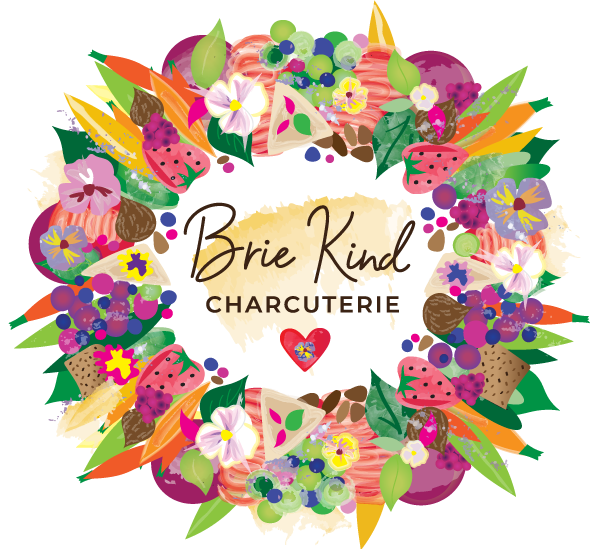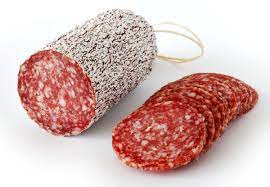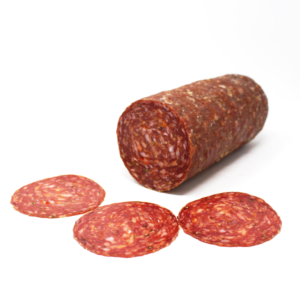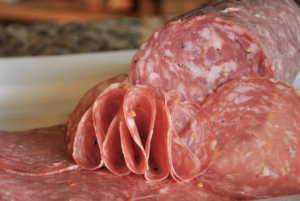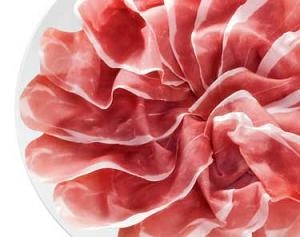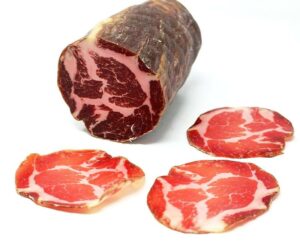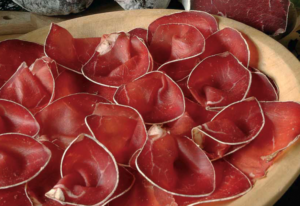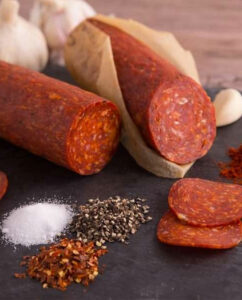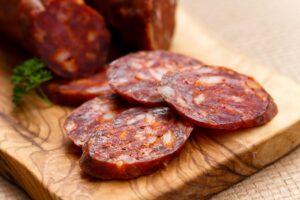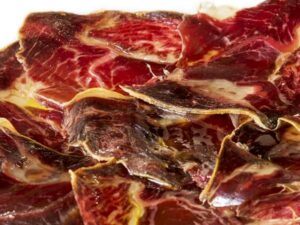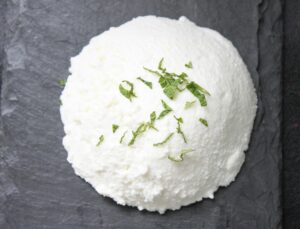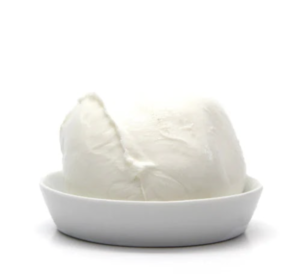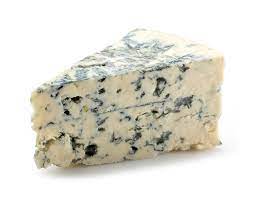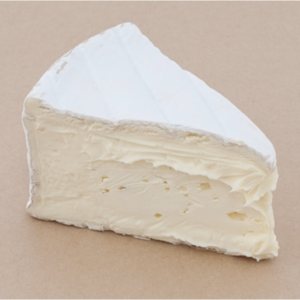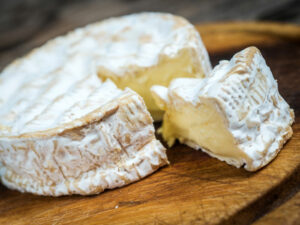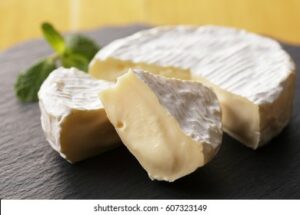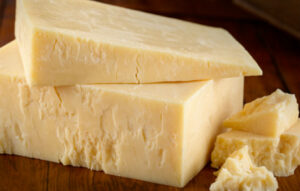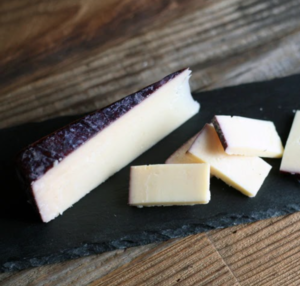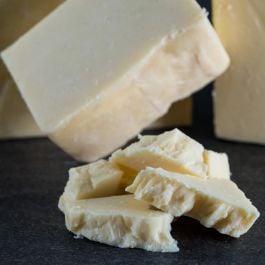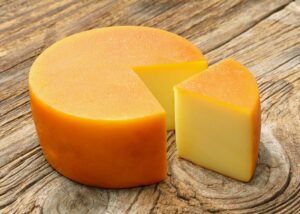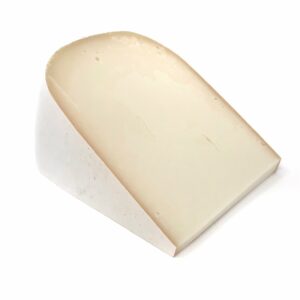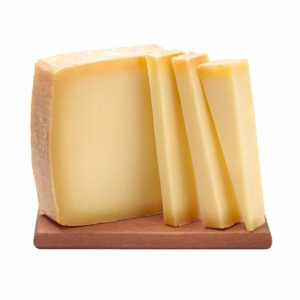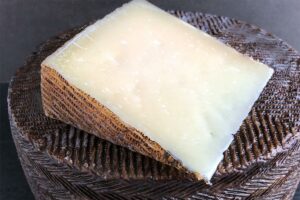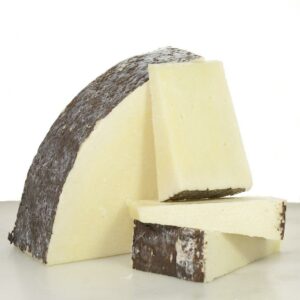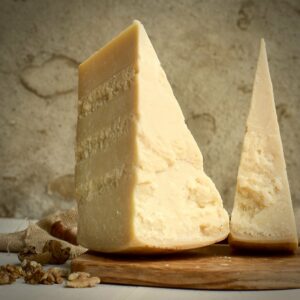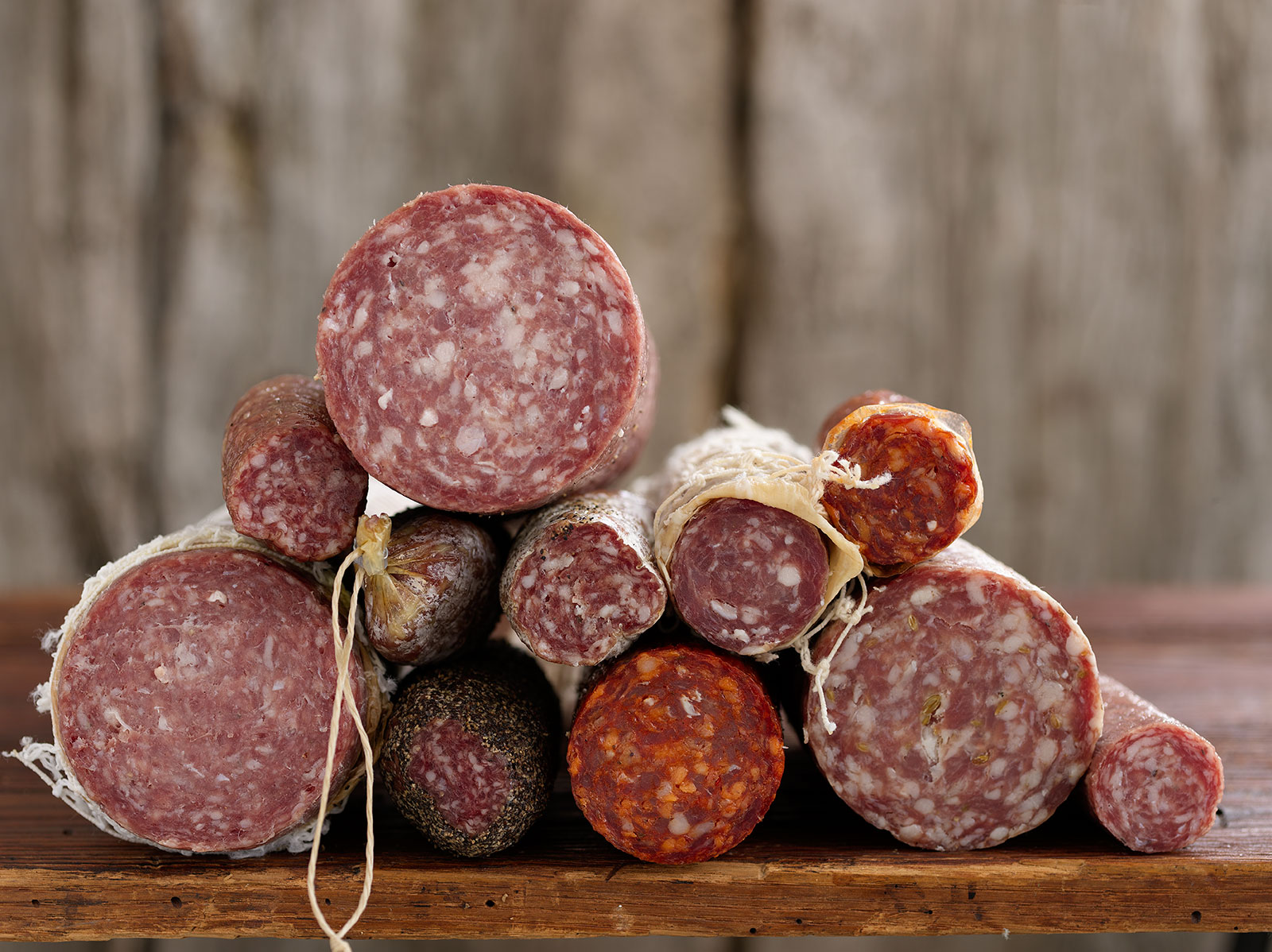Salumi (Fancy Word or Umbrella Term for the Vast Realm of Prepared Italian Meats)
Genoa Salami – Originating in the Genoa region of Italy, Genoa salami is a favorite for charcuterie meats boards. This salami is made with ground pork or veal and mixed with white wine, garlic, salt, and whole white peppercorns.
Salami Calabrese- Add a spicy element to your charcuterie board with Calabrese salami. This pork sausage was named after a region in Southern Italy, Calabria, known for its spicy cuisine.
Soppressata – Soppressata is a dry salami that comes from the Calabria, Vicenza, and Tuscany regions of Italy. Soppressata is typically made from fresh pork, but it can also be made with beef.
Prosciutto – Prosciutto crudo is an uncooked, dry-cured Italian ham. The curing process begins with the hind leg or thigh of a pig that’s cleaned, heavily salted, and left in a cool, controlled room for two to three months. The salt is then rinsed off and the leg is hung to dry in a cold environment for up to two years. Prosciutto has a rosy color, marbled with streaks of flavorful white fat. It’s typically sliced paper-thin and melts in your mouth. Prosciutto di Parma and prosciutto San Daniele are two of our favorites and a Brie Kind board staple.
Coppa – With its vivid red color and heavy marbling, coppa (also known as capicola in the US or capocollo in southern Italy) is a sight to behold. It has the smooth texture of prosciutto, but a more substantially fatty mouthfeel and seasoned flavor.
Bresaola – The vast majority of Italian salumi are made with pork, but beef is the star in this cured whole-muscle cut from the leg or round. The lean, ruby-red meat has a somewhat floral aroma, salty but not so much that it overpowers a pronounced jerky-like beef flavor.
Pepperoni – Most people, and rightly so, would have thought pepperoni was born in Italy. Although it is hard to say exactly when it was created, it probably popped up in the early 1900s when Italian butcher shops and pizzerias began to flourish on the streets of a burgeoning Italian-American society. However, Pepperoni is a purely Italian-American creation. Traditionally, made by mashing pork and beef, pepperoni is a cured meat product often seasoned with peppers, garlic, fennel, or mustard seeds and stuffed into a casing.
Curar la Carne (Spanish, Meaning “Curing the Meats”)
Jamón Serrano – Most popular cured ham found in Spain, has a delicious nutty flavor that pairs well with many types of cheeses, especially Spain’s beloved Manchego.
Jamón Ibérico and Jamon iberico de bellota* – Simply Heavenly! Cured Spanish ham is the irrefutable king of Spanish cured meats. But not all hams are created equally. The main difference? The breed of pig. The pride and joy of Spanish hams are the legs with black hooves, from the Iberian Black Pig breed, native to Spain and Portugal. And the best of the best? Jamón Ibérico de Bellota. Acorn-fed Iberian Black Pig. Worth every penny!
*Please contact us for a special order or charcuterie board upgrade to include either of these two special types of meat.
Chorizo – Chorizo is a highly seasoned pork sausage that comes in two forms: fully cooked or semi-cured: the Spanish version. We use Spanish chorizo on our charcuterie boards. While the thickness, hardness, and spiciness of chorizo vary greatly from region to region, chorizo contains a healthy dose of smoked paprika and salt.
Cecina – is beef’s answer to Spanish ham. Most common in León, cecina is made by curing a cow’s hindquarter for upwards of seven months. The result is a deep burgundy cured meat that is cut into thin strips and served with a light drizzle of olive oil. The flavor is deep and rich and heartier than its pork counterpart.
A note about uncured meats: Meats that are uncured use a natural preservative like celery powder, which transforms into nitrite when it is processed. They taste similar to cured meats. We frequently use uncured meats (salami and soppressata) on our charcuterie boards.
